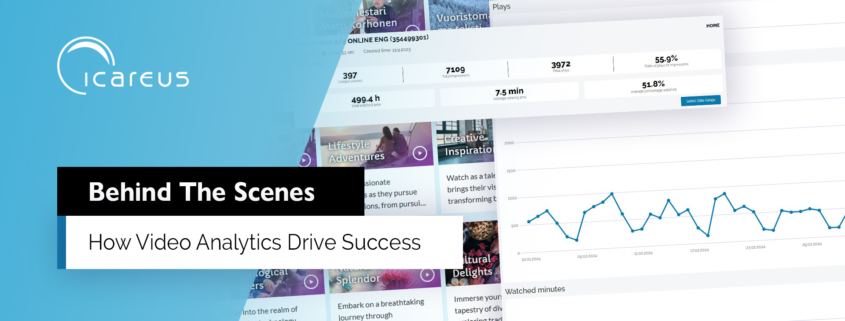Businesses across industries are harnessing the power of analytics to gain valuable insights and drive success. Understanding viewer behavior and preferences is essential to optimize engagement and achieve desired outcomes. Behind the scenes, video analytics play a crucial role in unlocking this valuable information.
In this article, we will delve into the world of video analytics, exploring how they provide businesses with the necessary tools to make informed decisions, refine their strategies, and ultimately drive success.
Deep Dive into Viewer Behavior

Video analytics provide a treasure trove of data, offering an in-depth understanding of viewer behavior. By analyzing metrics such as view duration, drop-off points, and engagement levels, businesses gain insights into how viewers interact with their video content. This information helps identify which parts of a video are most compelling, where viewers may lose interest, and how to optimize content to maintain engagement throughout.
With the ability to track and analyze viewer behavior, businesses can make data-driven decisions to refine their video strategies. By understanding what resonates with their audience, they can tailor their content to meet specific preferences and achieve desired outcomes. This deep dive into viewer behavior provides a competitive edge, ensuring that businesses create captivating and engaging video experiences for both internal and external viewers.
This understanding is equally vital for live and virtual events or webinars. Knowing how and when participants engage during the event and the post-event viewing of the recording is crucial.
Audience Segmentation and Personalization
Video analytics enable businesses to segment their audience based on various criteria such as location, demographics, or viewing habits. This segmentation helps tailor content to specific target groups, delivering personalized experiences that resonate on a deeper level. By analyzing viewer data, businesses can create targeted marketing campaigns, recommend related videos, or offer personalized recommendations.
By leveraging audience segmentation and personalization, businesses can build stronger connections with their viewers. Delivering content that is relevant to individual preferences enhances engagement, fosters loyalty, and increases the likelihood of achieving desired outcomes. Video analytics empower businesses to refine their strategies and provide tailored experiences that drive success.
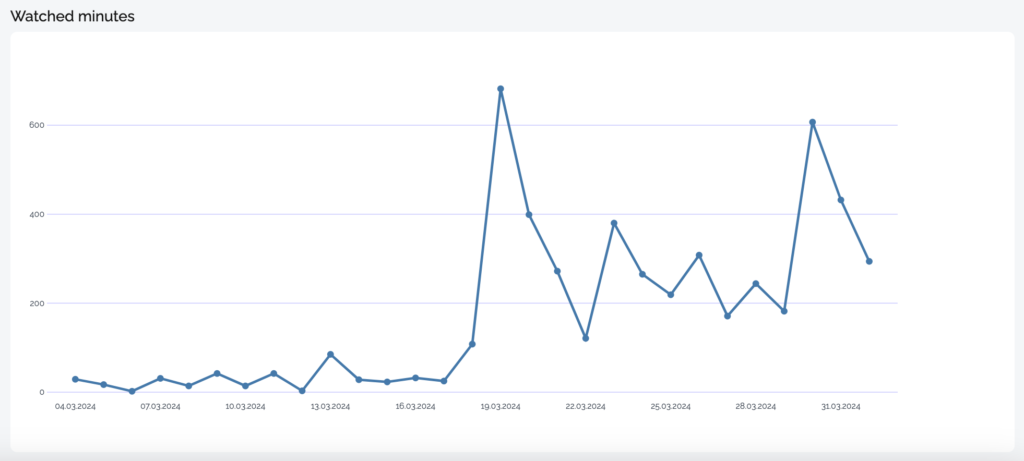
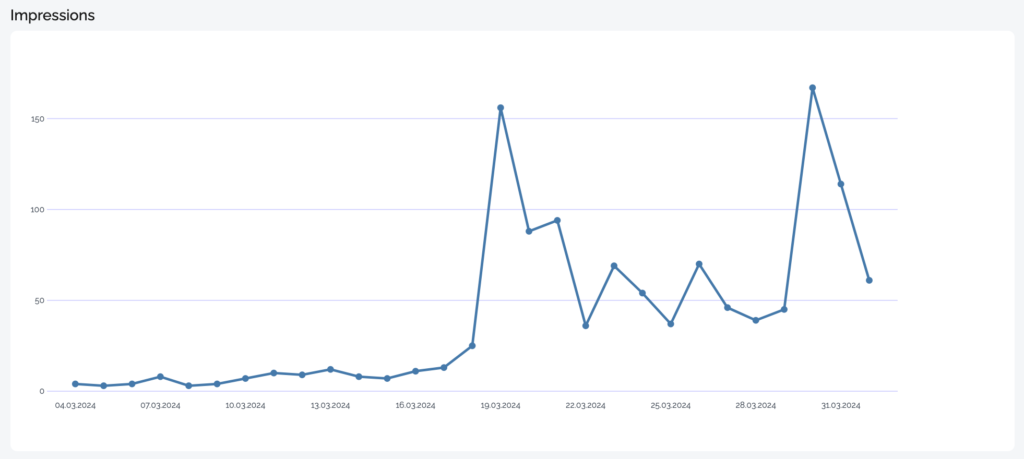
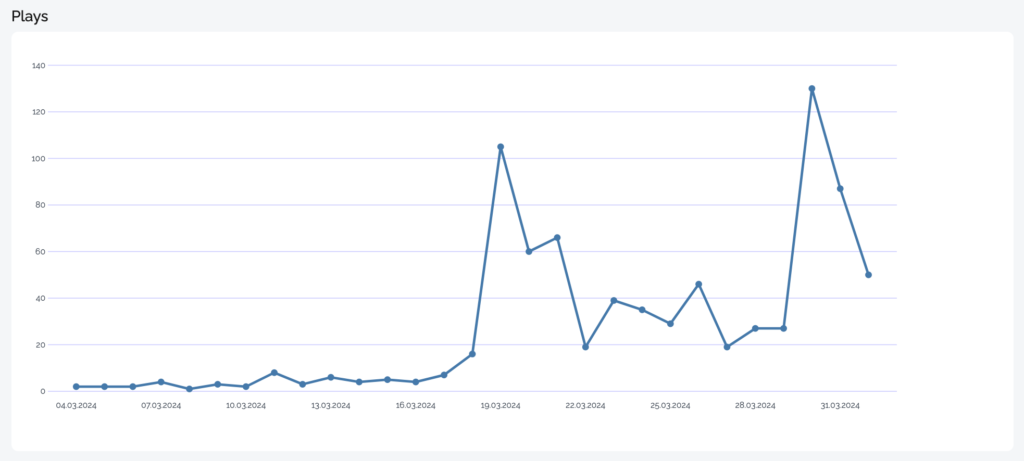
Optimizing Content Delivery
Video analytics provide valuable insights into the performance of video content across different devices, platforms, and networks. By monitoring metrics such as buffering rates, load times, and video quality, businesses can optimize content delivery to ensure a seamless viewing experience for their audience.
Leveraging this data, businesses can proactively identify and address potential video performance issues, such as optimizing video quality settings for adaptive video delivery.
By optimizing content delivery, businesses can minimize viewer frustration, reduce video abandonment rates, and maintain high-quality experiences. Video analytics act as a guiding light, allowing businesses to fine-tune their technical infrastructure and deliver video content flawlessly.
Measuring ROI and Performance
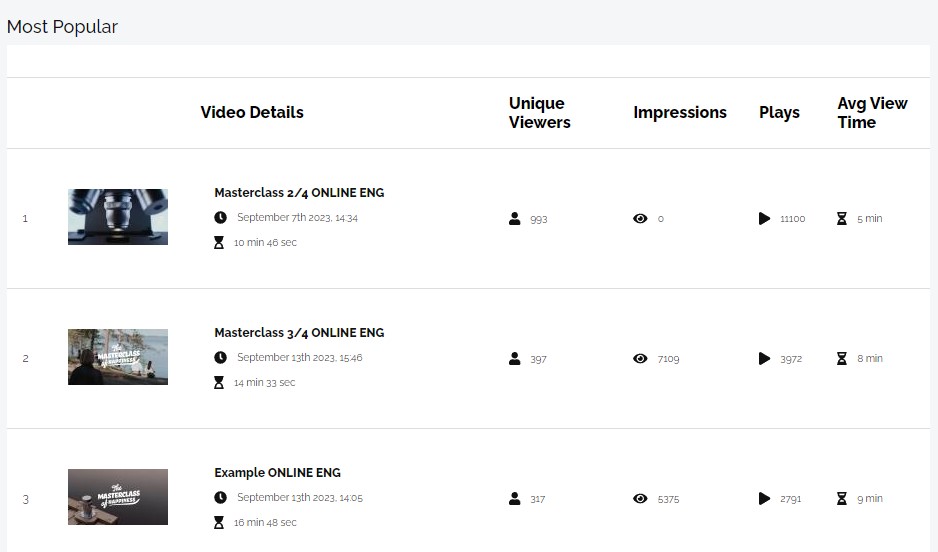
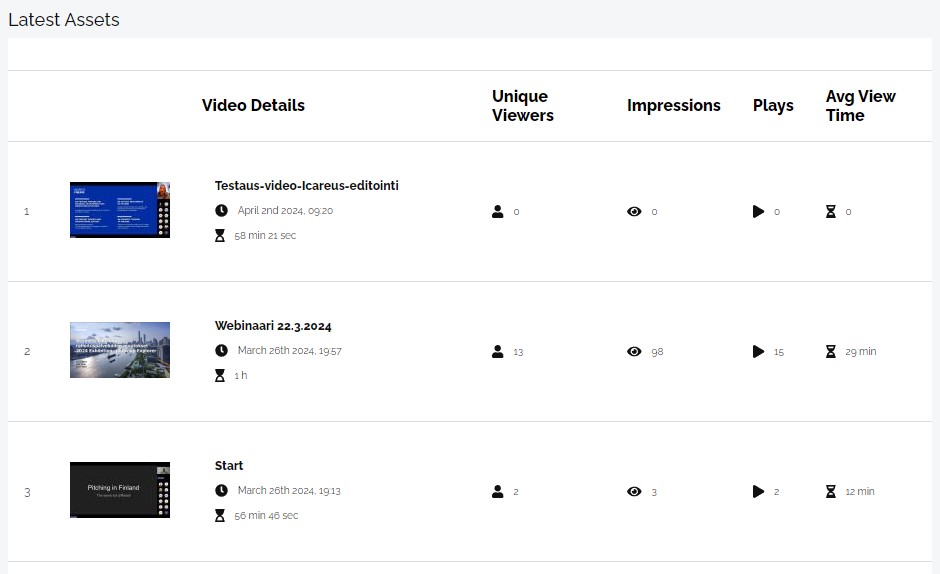
Determining the return on investment (ROI) and overall performance of video content is crucial for businesses. Video analytics provide the necessary metrics to evaluate the effectiveness of video campaigns, measure engagement levels, and track viewer conversions. Businesses can effectively measure the success of their external video initiatives by tracking key performance indicators (KPIs) such as click-through rates, conversion rates, and social shares. Internal video success can be evaluated through various metrics, including video plays, average viewing times, and completion rates.
By analyzing ROI and performance metrics, businesses can identify what works and what needs improvement. This data-driven approach empowers businesses to allocate resources effectively, optimize their video strategies, and maximize the impact of their video content.
Conclusion
Behind the scenes, video analytics are the driving force that empowers businesses to make informed decisions, refine strategies, and ultimately drive success. Embracing video analytics is the key to leveraging data-driven insights and creating engaging, personalized, and successful video experiences.
Want to find out what your videos can reveal, given proper tools to do so with? Icareus’ Video Cloud offers comprehensive video analytics that enable businesses to unlock the full potential of their video content.
